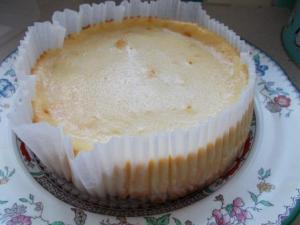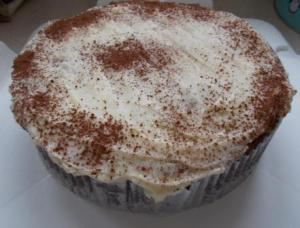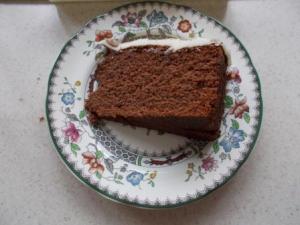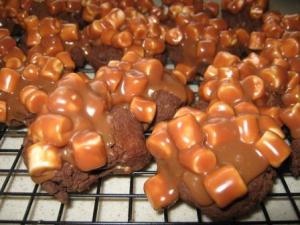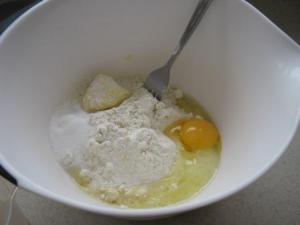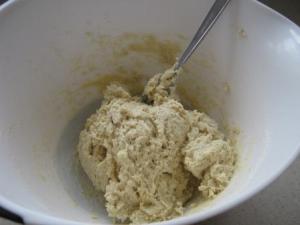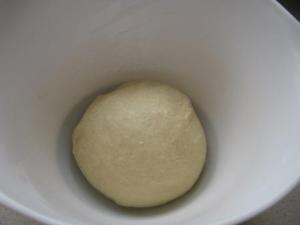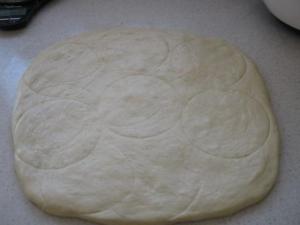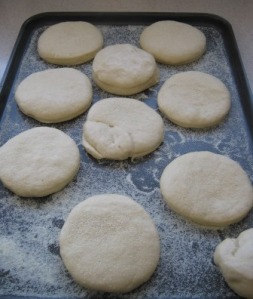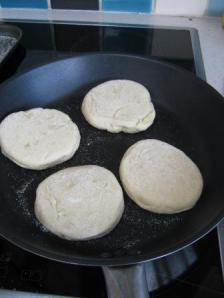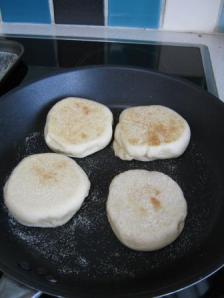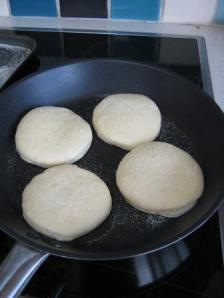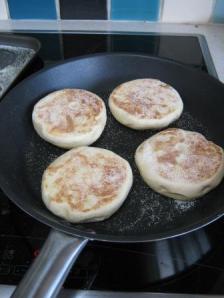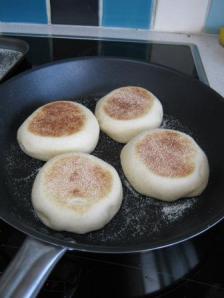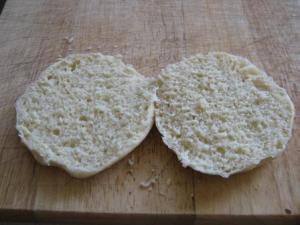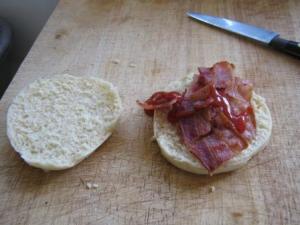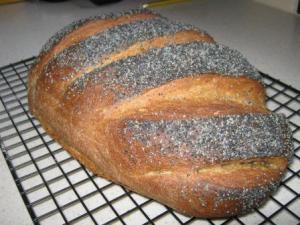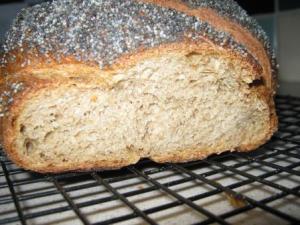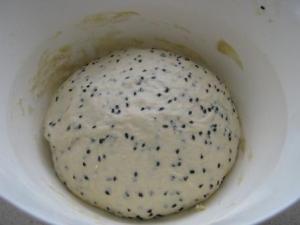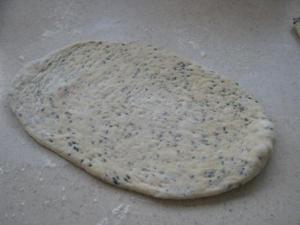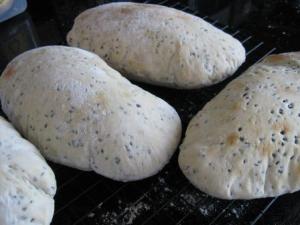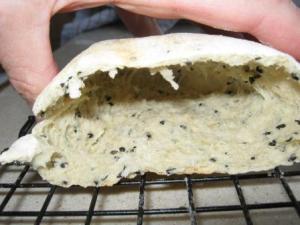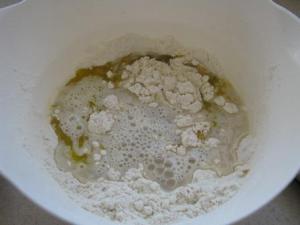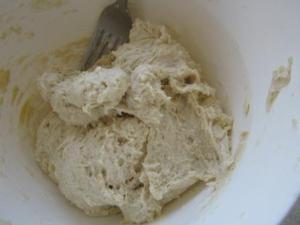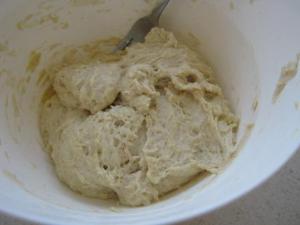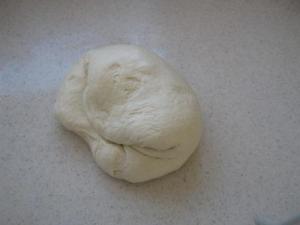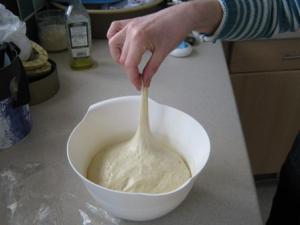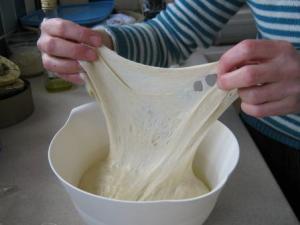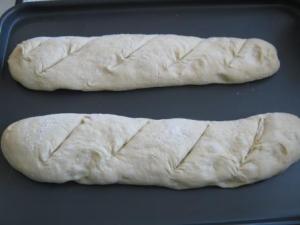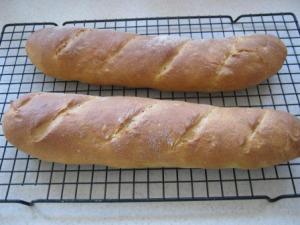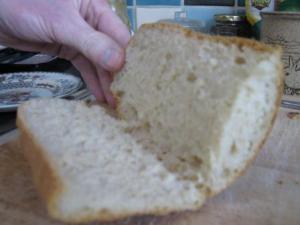Since I posted about making Paul Hollywood’s bloomer last week and pointed out that the salt content was a bit higher than recommended by the Campaign for Real Bread I’ve had quite a few hits by people looking for information about the salt content of that loaf and of bread in general. So just a quick post to summarise what I said and the advice you can find about salt in bread.
The basic Paul Hollywood bloomer has 10g of salt to 500g white flour, and that’s twice the amount recommended by the Real Bread Campaign for home bakers to use. They are following the advice of the Consensus Action on Salt and Health where you can find some quite startling facts about the effect of salt on health, specifically the evidence which links high levels of dietary salt with high blood pressure, which in turn can affect the chances of an individual having a stroke or heart attack, or contributing to the worsening of symptoms in a whole range of other things. So, salt is generally bad for you. The recommended daily maximum amount of salt in the diet of an adult is 6g. Most people have more than this, currently over 8g per day, and one of the major contributors has been found to be bread, which most people eat quite a lot of these days. Bread has accounted for 18% of salt in the diet, and is therefore an easy target for reduction. There have been successes in getting industrial bread producers to reduce the amount of salt in their baking, and most supermarket loaves have reduced it. However, some craft and other bakers still seem to think they are immune from the requirement to get their salt down, which is where the Campaign for Real Bread has stepped in.
I usually follow the advice of the campaign and use approximately one teaspoon per large loaf. I’ve made Paul’s bloomer and it really is quite salty if you use 10g of salt. If your palate is used to store-bought bread that comes in bags you’ll probably find the bloomer recipe too salty as most large retailers have reduced the salt in the bread that goes into supermarkets.
In Real Bread and industrial loaf baking salt in small quantities helps to:
- Enhance flavour – if a loaf isn’t hanging about the kitchen for too long while it is rising, then it obviously helps to put some taste in.
- Strengthen the gluten network
- Aid the browning process
- Act as a natural preservative – although I find real bread doesn’t hang about in our house and this isn’t a reason we need salt in our bread
The bloomer recipe uses olive oil, which is obviously not a traditional ingredient in British bloomers, and can be quite flavourful in its own right, so using extra salt doesn’t seem necessary to me.
Dan Lepard says in Short and Sweet to go up to two teaspoons of salt for 500g of flour and it won’t affect the rising of the bread. He also says you can leave the salt out but you might find that the dough is a little sticky to shape, that it rises faster, and that the bread doesn’t colour as quickly.
The guys over at River Cottage also recommend 10g of salt to 500g of flour, and even more if it is sourdough. Well, I think these people are going to have to adjust to the changing tastes of their customers.
So if, like me, your kitchen is cold, having the bread rise a little faster because you’ve left some of the salt out might also be a good thing. I also tend to use the half sponge method that Dan endorses in his white farmhouse loaf method. Half of the mix sits on the counter for at least six hours while I go to work and it’s ready for me later. This long period gives the yeast time to do its stuff properly. Using wholemeal for the other half of the flour is also a great way of making bread that has some texture and flavour without resorting to the salt pot.
Also, if you’re baking for children, don’t forget they need a lot less salt in their diet than grown-up people do, so it is definitely a good thing to reduce salt in any bread that children may eat, even if you’ve made it yourself.
If you didn’t like Paul Hollywood’s bloomer first time round, reduce the salt and try again. You’ll soon find a level you like, and one that won’t add to your daily salt intake. However, if you like your bread salty then you might want to think about the other things you eat and how much other salt you’re eating. If you make a lot of your own food from scratch you can control what you add, but if you buy prepared food, or eat out a lot, then you might be getting more salt than you think, and maybe it is time for a review of salt.
